It’s hard to beat the feeling of stepping outside and snipping a few fresh herbs for dinner. Even better is knowing that some of those herbs will reliably return year after year, no extra planting required. Perennial herbs can quietly become the backbone of your garden, showing up early in the season and sticking around long after other plants fade.
Of course, not all herbs are in it for the long haul. Some need to be replanted every spring, no matter how carefully you tend them. Knowing which ones will return and which ones won’t, can save time, money, and a bit of frustration. Here are 10 herbs that come back on their own, and 5 that need a fresh start each year.
Thyme
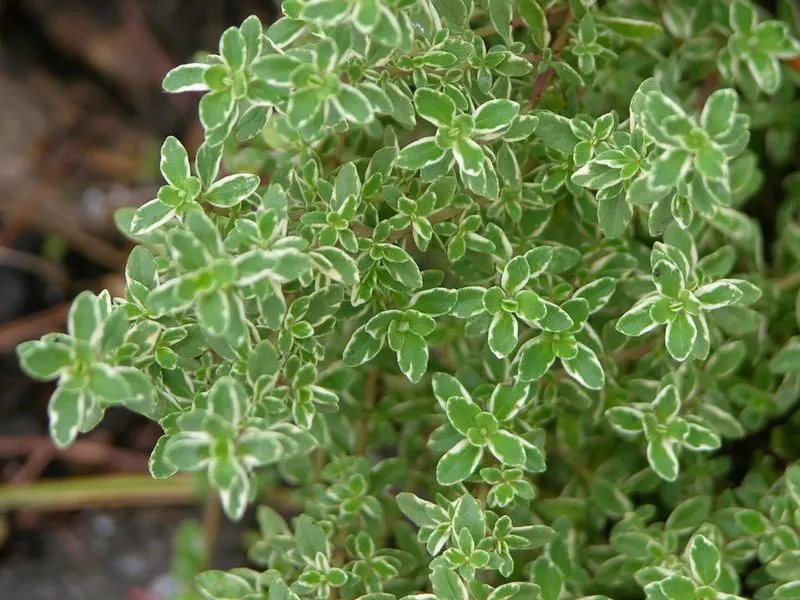
Thyme, a resilient perennial, embodies the spirit of persistence. With its aromatic leaves, it graces gardens year after year, offering a subtle, earthy flavor. Whether tucked between stones or lining pathways, thyme’s tenacity is unmatched. Its tiny purple flowers attract bees, adding life to any garden space.
Culinary enthusiasts cherish thyme for its versatility. It enhances soups, stews, and roasts with its understated yet unmistakable presence. Embrace thyme in your garden, and enjoy its perennial return, requiring minimal care once established.
Did you know? In Medieval times, thyme symbolized courage and was often given to knights.
Mint
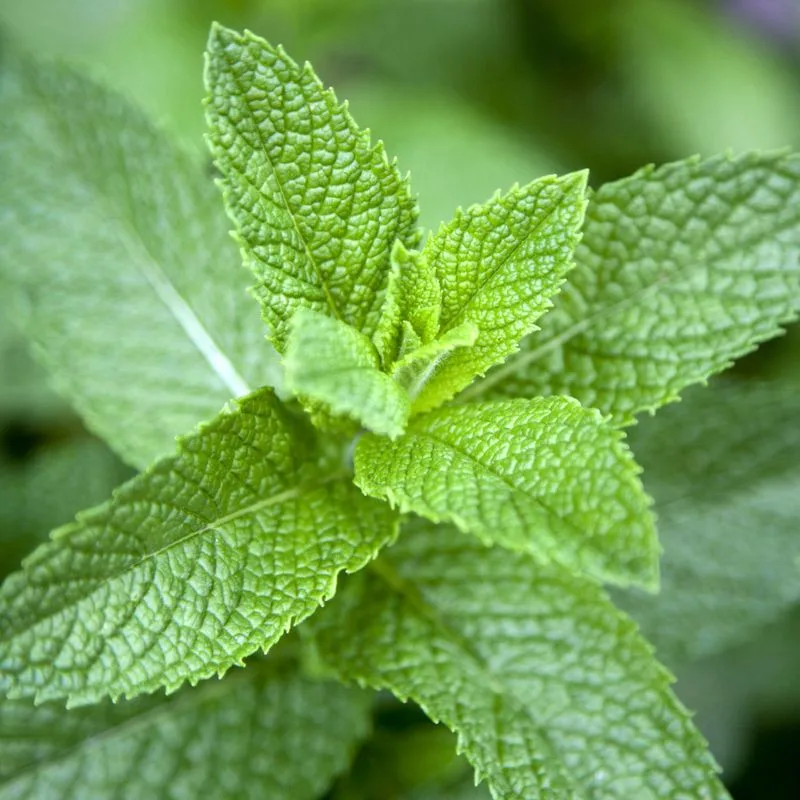
Mint, with its invigorating scent, is a perennial favorite. Once planted, it spreads rapidly, covering ground with lush, green foliage. Its refreshing aroma is a delight, making it a must-have in any herb garden. However, mint’s rampant growth necessitates containment.
Perfect for teas, cocktails, and desserts, mint adds a burst of freshness to culinary creations. Its hardy nature ensures it returns with vigor each year. For those seeking a garden staple that’s both fragrant and flavorful, mint is an ideal choice.
Fun Fact: Ancient Greeks believed mint could clear the mind and invigorate the spirit.
Oregano
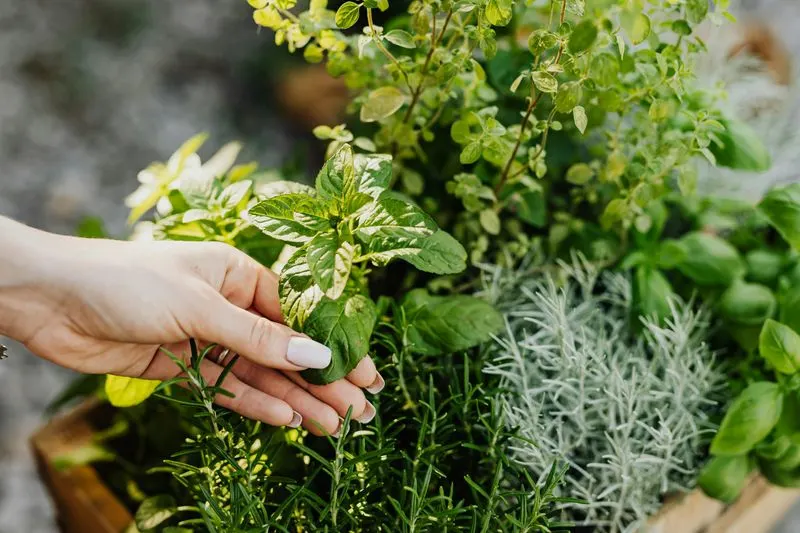
Oregano, a staple in Mediterranean cuisine, thrives as a perennial herb. With its robust, peppery taste, it enriches dishes with a touch of the exotic. Hardy and reliable, oregano returns each year, spreading its fragrant leaves generously.
In the garden, oregano’s small white flowers beckon beneficial insects, promoting a healthy ecosystem. Its resilience and adaptability make it a gardener’s ally.
Culinary experts prize oregano for its ability to elevate pizzas, pastas, and grilled meats. Its perennial nature ensures it remains a garden constant, year after year.
Chives
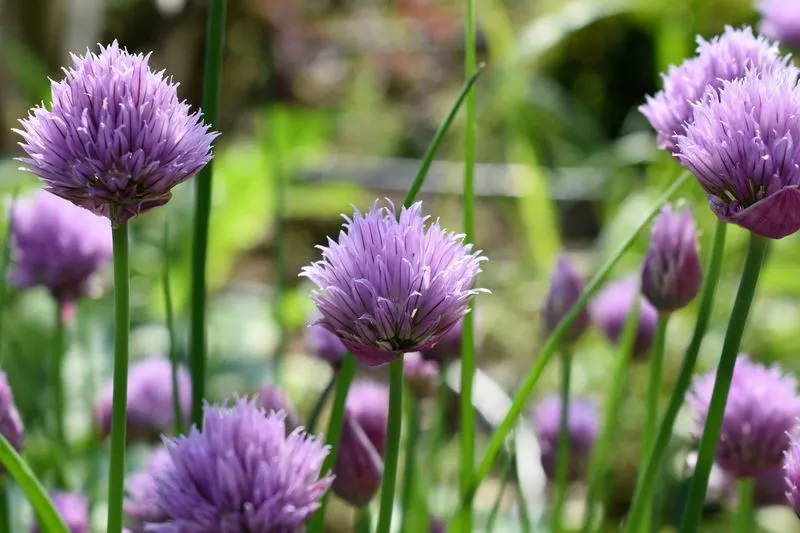
Chives, with their delicate purple blossoms, are a perennial delight. These onion-flavored herbs return robustly each year, making them a reliable choice for gardeners. Their slender green shoots are not only decorative but also a culinary treasure.
Perfect for garnishing dishes, chives add a mild onion flavor without overpowering the palate. Easy to grow, they thrive in various soil types.
Chives’ cheerful blossoms attract pollinators, enhancing garden vitality. Whether in an urban pot or rural plot, chives provide beauty and flavor annually.
Interesting tidbit: Chives have been used since ancient times for their medicinal properties.
Sage
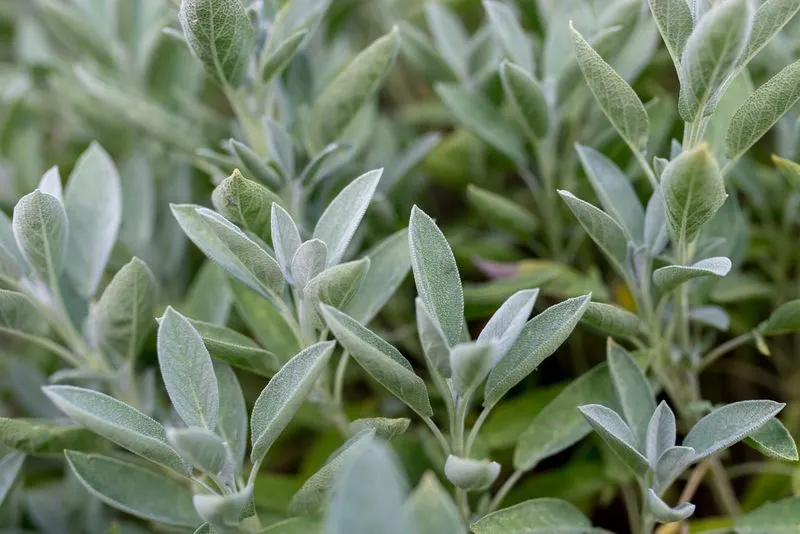
Sage, with its soft, silvery leaves, embodies wisdom and longevity. This perennial herb returns faithfully each year, offering both beauty and utility. Its earthy, slightly peppery flavor complements poultry, stuffing, and even teas.
In the garden, sage’s silvery foliage provides a striking contrast to green plants. It’s drought-tolerant, making it ideal for low-water gardens. Sage’s resilience ensures it thrives with minimal fuss.
For centuries, sage has been valued for its medicinal qualities, believed to enhance memory and alleviate sore throats. Its perennial nature ensures continual garden grace.
Lavender
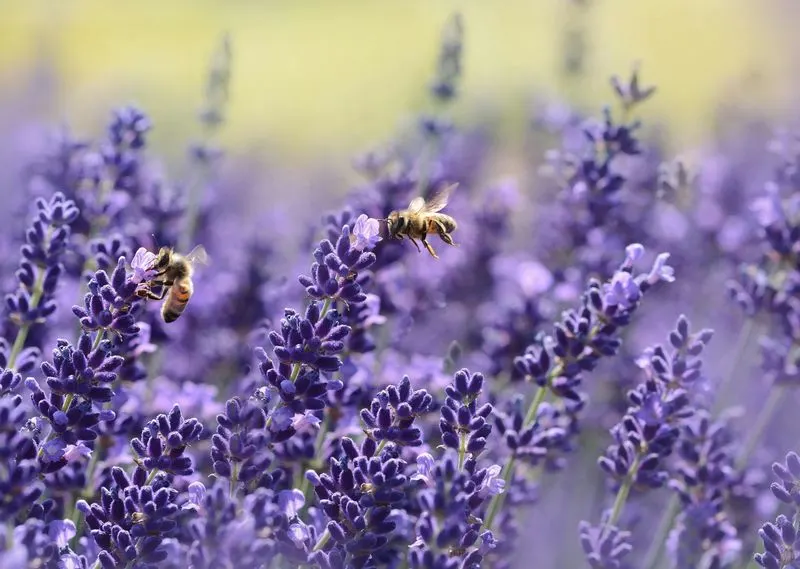
Lavender, with its iconic purple blooms, is a perennial favorite. Its soothing fragrance and vibrant color make it a garden standout. Known for attracting bees and butterflies, lavender enhances any outdoor space with both beauty and biodiversity.
This herb thrives in sunny, well-drained areas, returning year after year. It’s not only decorative but also versatile, used in cooking, teas, and natural remedies.
A historical gem, lavender has been cherished since Roman times for its aromatic qualities. Whether in bouquets or bath products, its perennial presence is a gardener’s delight.
Rosemary
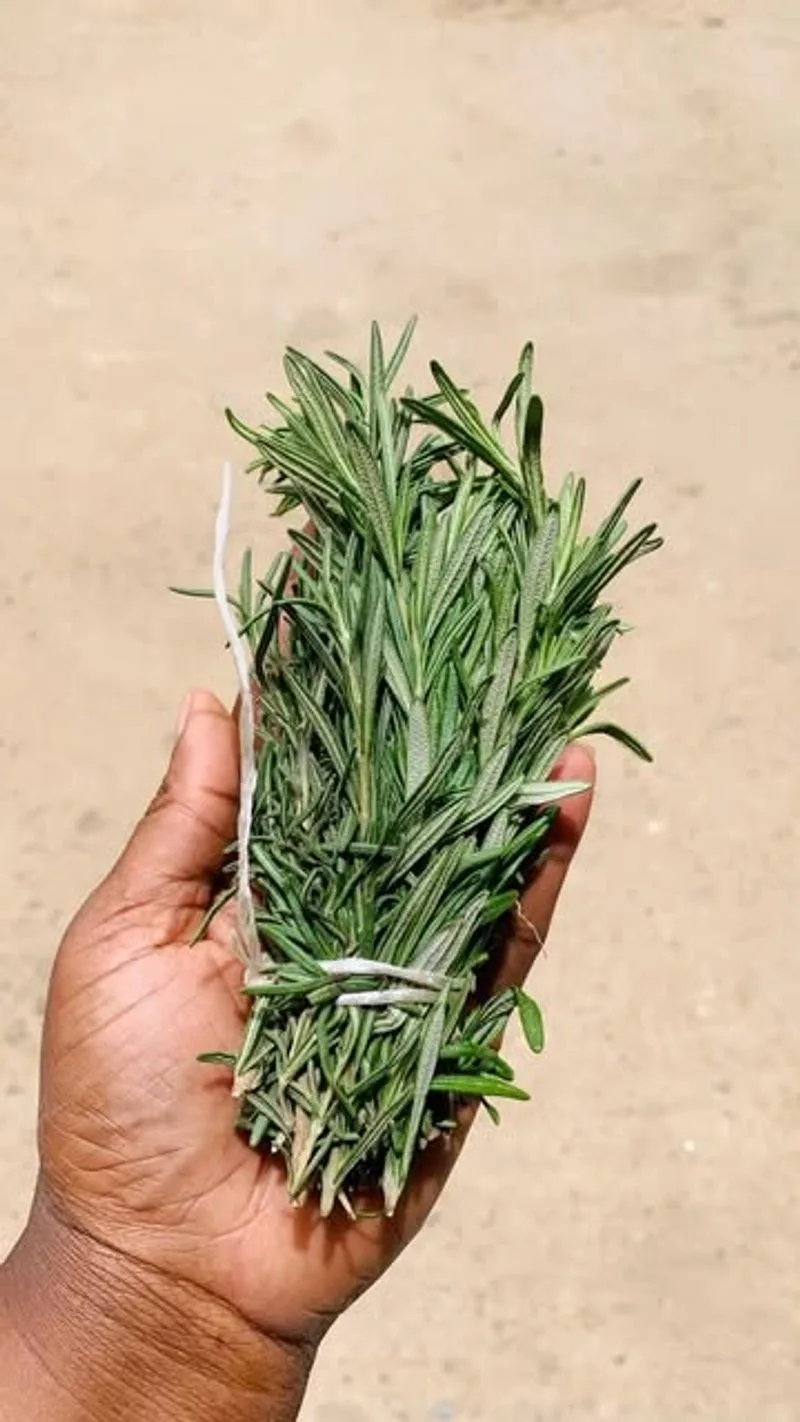
Rosemary, a symbol of remembrance, is a sturdy perennial with a woodsy aroma. Its needle-like leaves are a favorite in gardens, returning year after year with steadfast reliability. Rosemary’s distinctive fragrance and flavor enhance meats, breads, and stews.
This herb prefers sunny, well-drained locations and can thrive in pots or as hedges. Its resilience makes it a low-maintenance choice for both novice and experienced gardeners.
For centuries, rosemary has been associated with memory and love, making it a cherished garden addition.
Lemon Balm
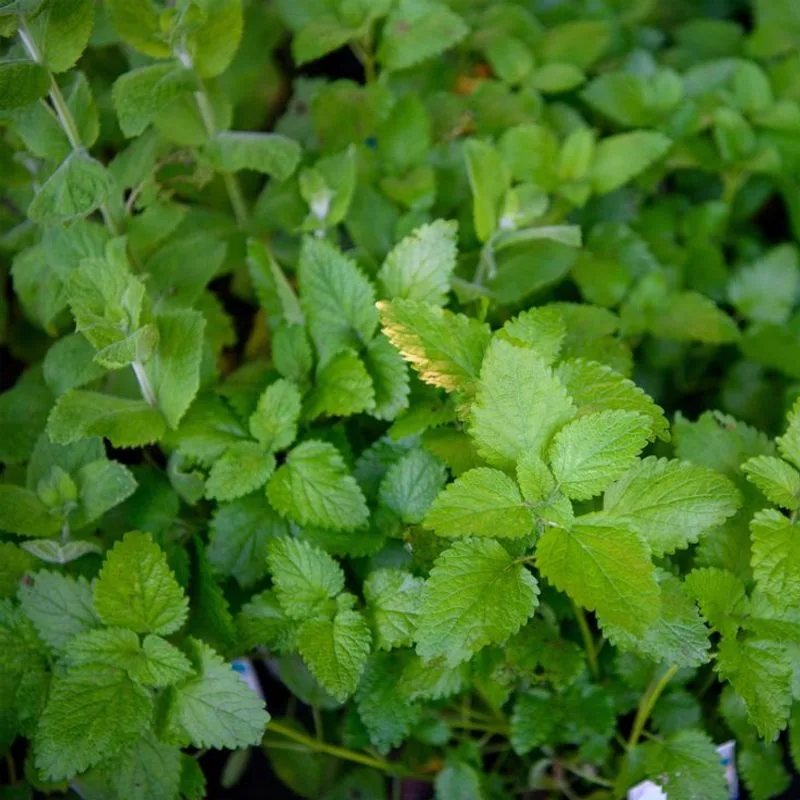
Lemon balm, with its citrusy aroma, is a perennial favorite among herbalists. Its bright green leaves exude a refreshing scent and are known for their calming properties. In gardens, lemon balm thrives, returning robustly each year.
Ideal for teas, salads, and desserts, lemon balm adds a zesty note to culinary dishes. Its easy growth and spreading nature make it a gardener’s delight.
Historically, lemon balm has been used to lift spirits and soothe nerves, valued for both its medicinal and culinary uses.
Tarragon
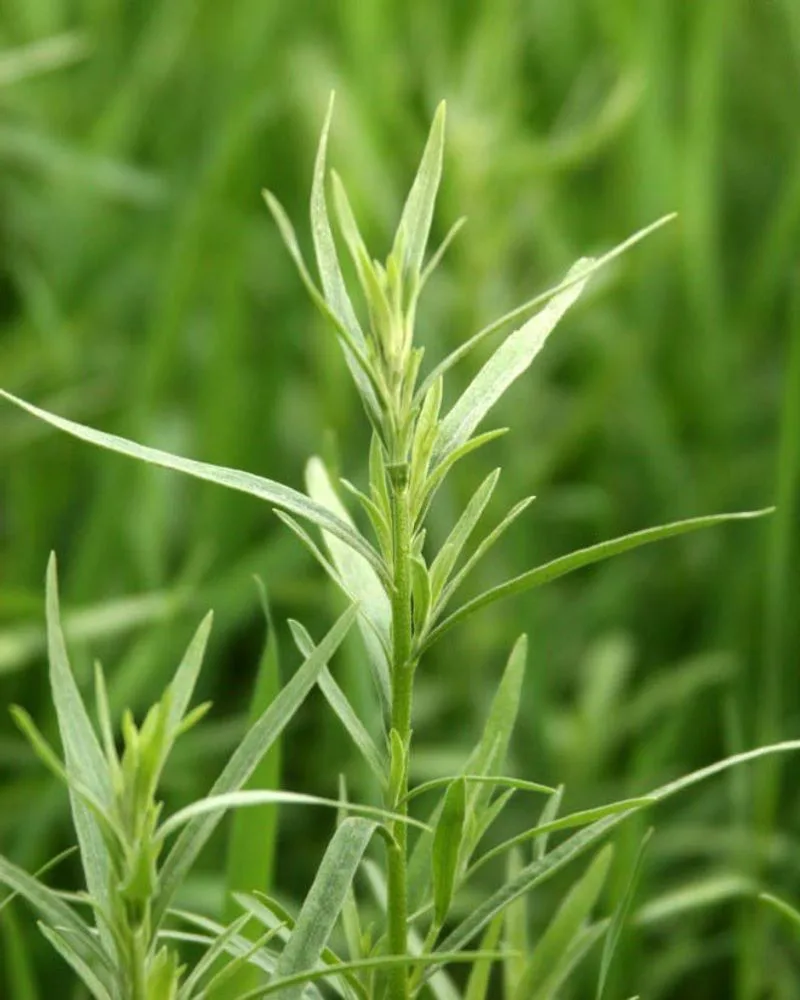
Tarragon, a cornerstone of French cuisine, offers a distinct anise-like flavor. As a perennial, it returns each spring, infusing gardens with its unique aroma. Its slender, green leaves are both decorative and culinary treasures.
Tarragon thrives in sunny locations and can be a staple in herb gardens. Its flavor pairs well with chicken, fish, and egg dishes, adding a sophisticated touch.
In culinary circles, tarragon is celebrated for its ability to elevate simple dishes to gourmet status. Its perennial nature ensures it remains a garden highlight.
Bay Laurel
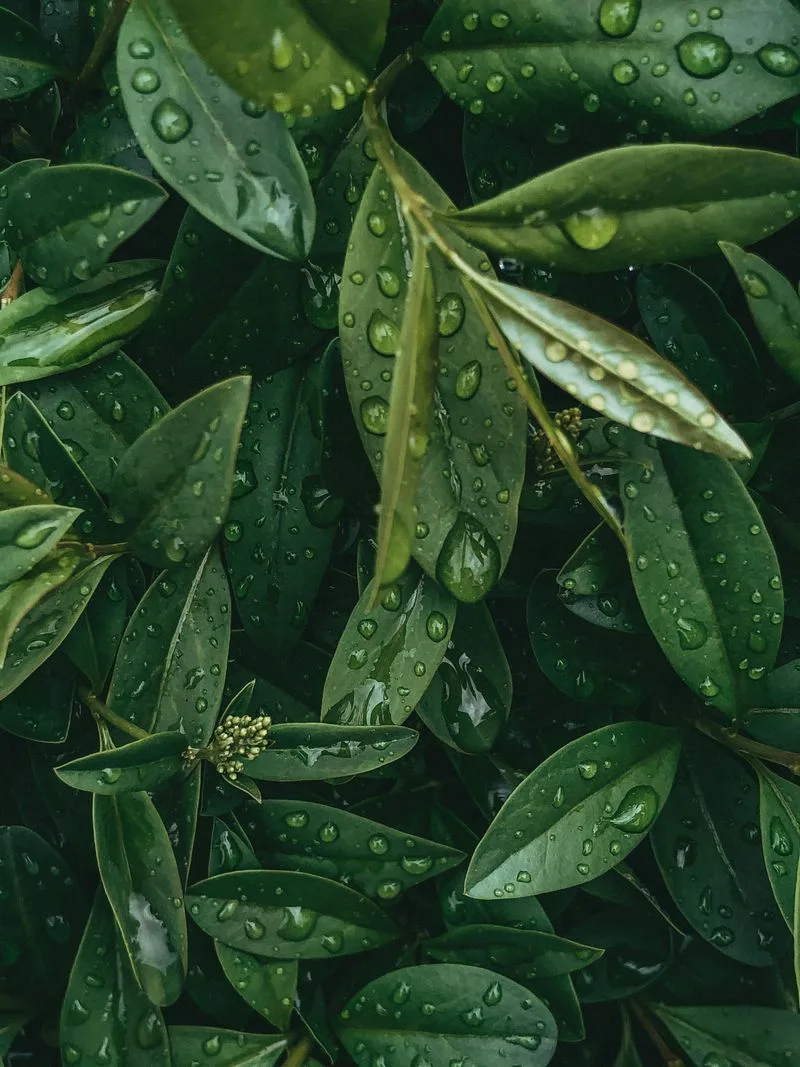
Bay laurel, with its glossy leaves, is a majestic perennial herb often grown as a small tree or shrub. Known for its classic flavor, bay leaves are a staple in soups and stews, infusing dishes with a rich aroma.
In gardens, bay laurel provides year-round greenery and can be pruned into decorative shapes. Its resilience and adaptability make it an excellent choice for both ornamental and culinary uses.
Historically, bay leaves have been symbols of victory and honor, often woven into crowns for champions. Their perennial presence ensures continuous garden elegance.
Basil
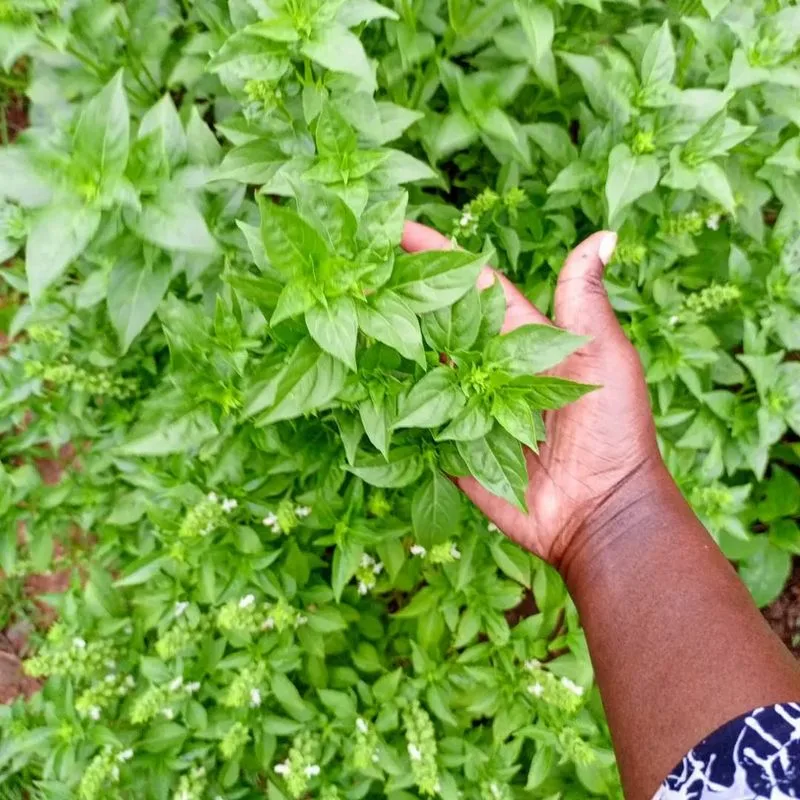
Basil, with its intense aroma and vibrant green leaves, is a beloved annual herb. While it doesn’t return on its own, its quick growth and versatility make it a favorite. Planted anew each year, basil provides fresh flavor to countless dishes.
Perfect for pesto, salads, and pastas, basil’s sweet, peppery taste enhances culinary creations. It thrives in warm, sunny spots and can be grown in pots or gardens.
A staple in Italian cuisine, basil has a rich history, symbolizing love and passion. Its annual replanting offers an opportunity to refresh and revive each season.
Cilantro
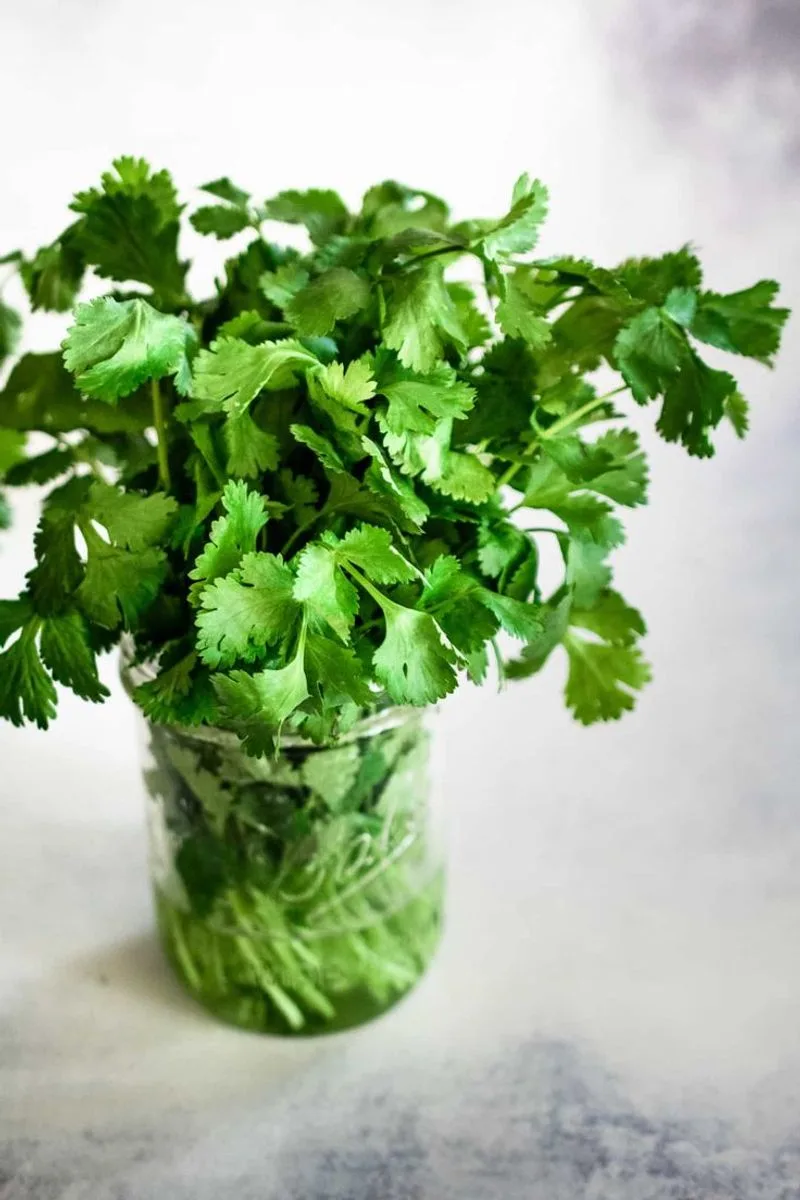
Cilantro, known for its pungent aroma, is an annual herb that demands replanting each year. Its distinct flavor is a staple in cuisines worldwide, from salsa to curries. Though it requires annual attention, its rapid growth makes it a rewarding choice for gardeners.
Cilantro thrives in cooler weather, making it a perfect addition to spring and fall gardens. Its leaves and seeds, known as coriander, provide dual culinary uses.
With cilantro, gardeners enjoy a quick-growing herb that adds a burst of flavor and a touch of international flair to dishes.
Parsley
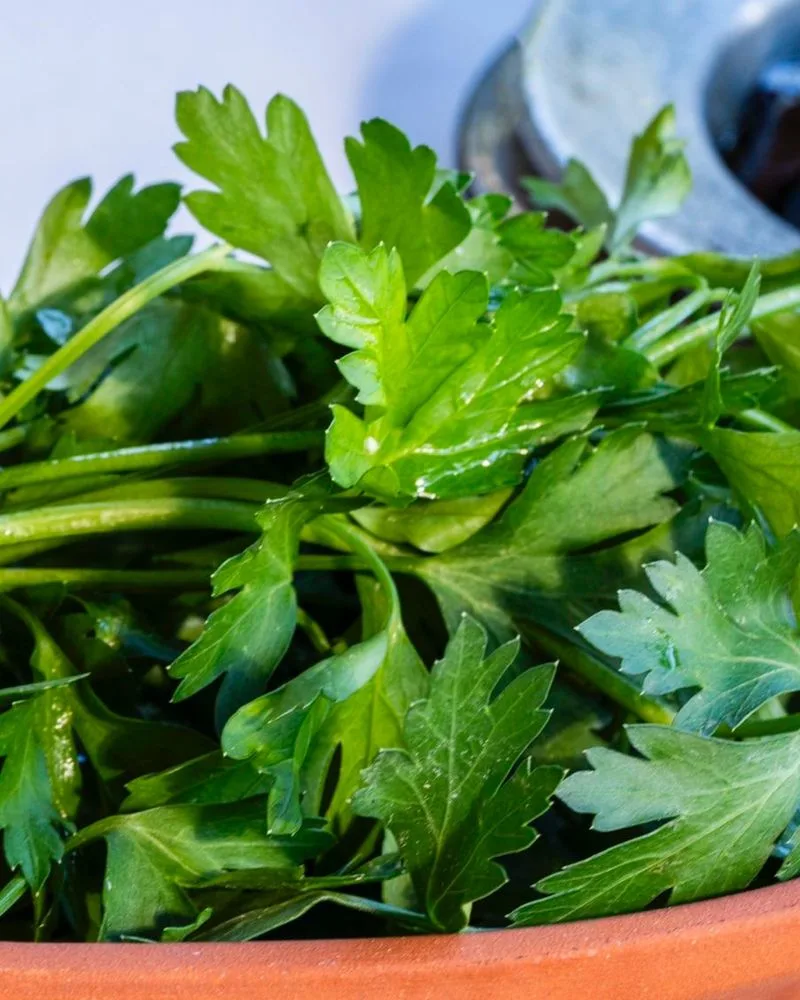
Parsley, often seen as a garnish, is an annual herb with more to offer. Its fresh, slightly peppery flavor enhances salads, soups, and sauces. Though it requires replanting each year, its vibrant green leaves make it a garden staple.
This herb thrives in sunny or partially shaded areas and grows well in pots or beds. Its ease of cultivation makes it accessible for gardeners of all levels.
Parsley’s rich history dates back to ancient times, where it was revered for its health benefits. Its annual growth cycle provides continuous opportunities for culinary exploration.
Dill
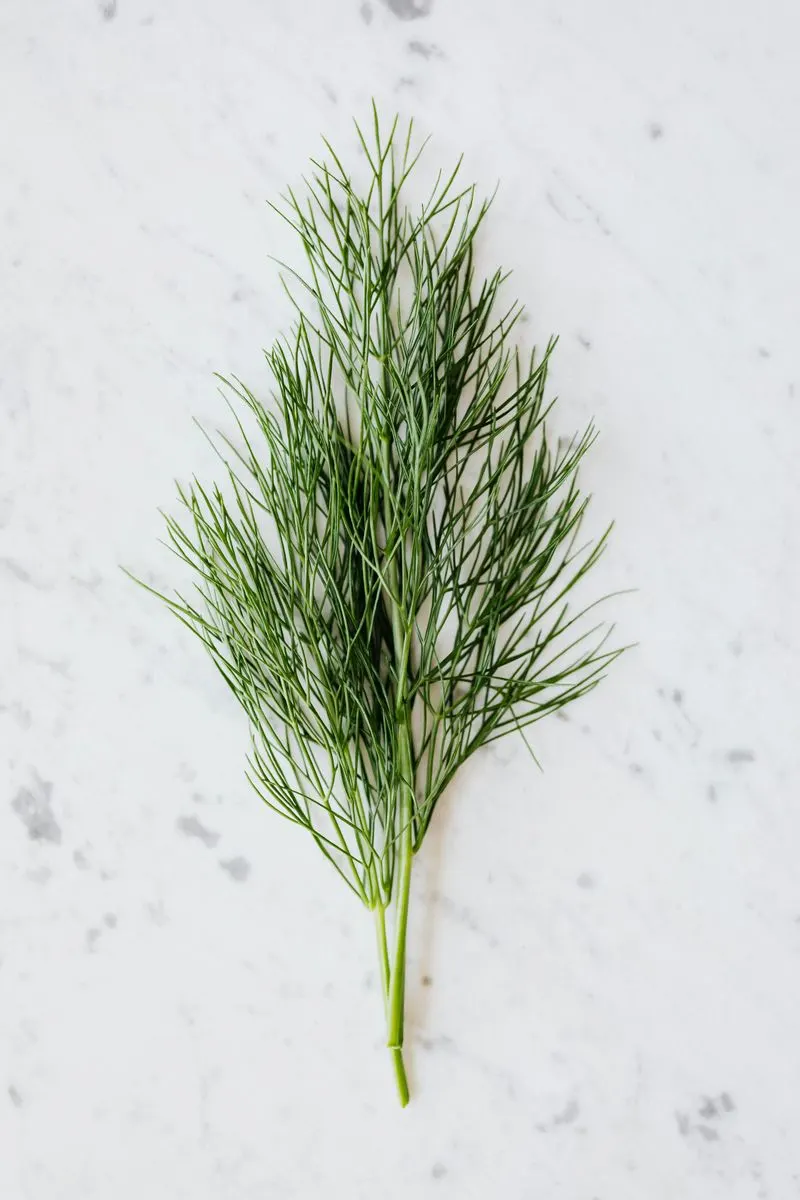
Dill, with its feathery leaves and distinct flavor, is an annual herb that brightens culinary dishes. Known for complementing pickles, fish, and salads, dill offers a fresh, tangy taste. Planted each year, dill’s vibrant growth is a seasonal delight.
This herb thrives in full sun and well-drained soil, making it a versatile garden addition. Dill’s rapid growth ensures a quick harvest, perfect for eager gardeners.
Historically, dill has been used for its medicinal properties, believed to aid digestion. Its annual cycle allows for renewed growth and harvesting each year.
Borage
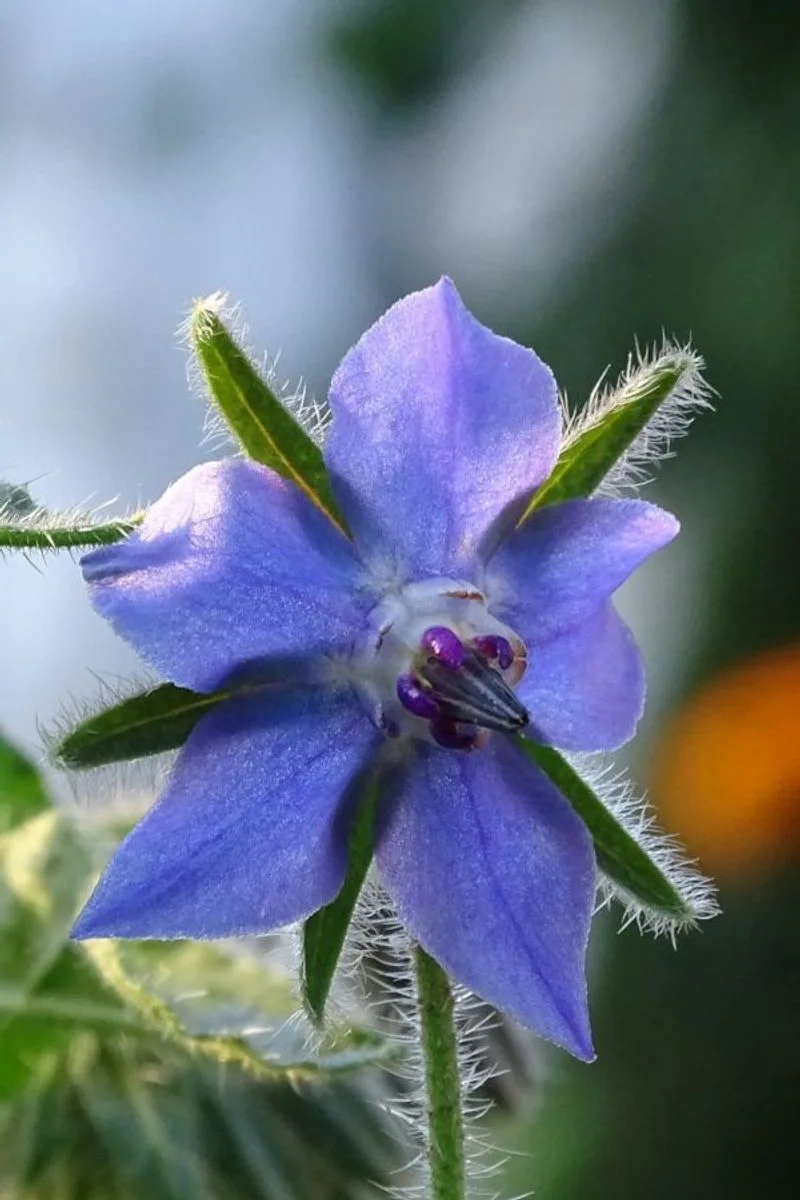
Borage, with its star-shaped blue flowers, is an annual herb known for its beauty and culinary uses. Each year, it brings a touch of the extraordinary to gardens. Borage’s cucumber-like flavor adds a refreshing twist to salads and drinks.
Growing borage is straightforward, as it thrives in sunny spots and attracts pollinators like bees and butterflies. Its ornamental appeal is matched by its culinary versatility.
With borage, gardeners enjoy a unique plant that adds color and flavor. Its annual replanting offers a chance to recreate its enchanting presence each season.

